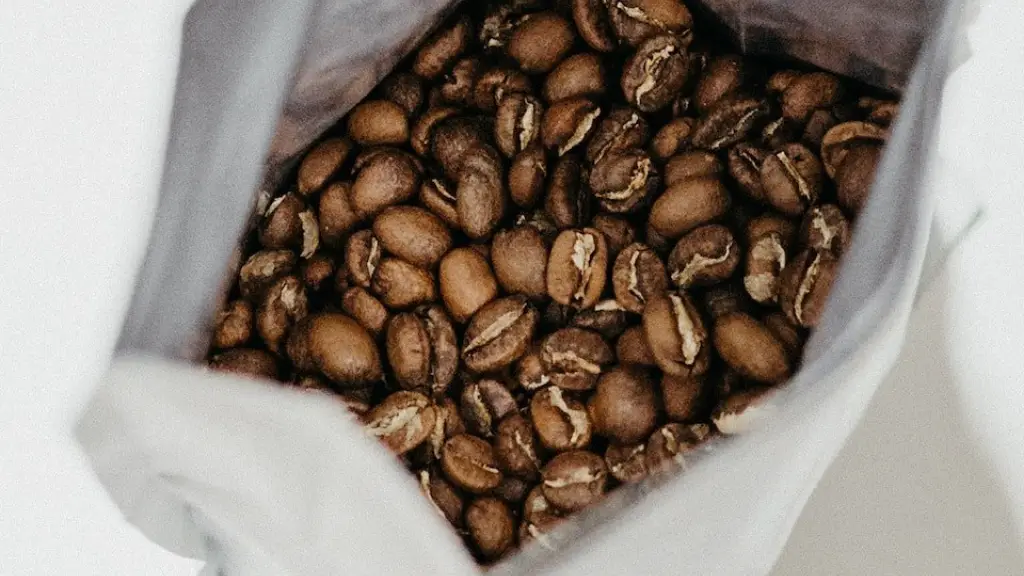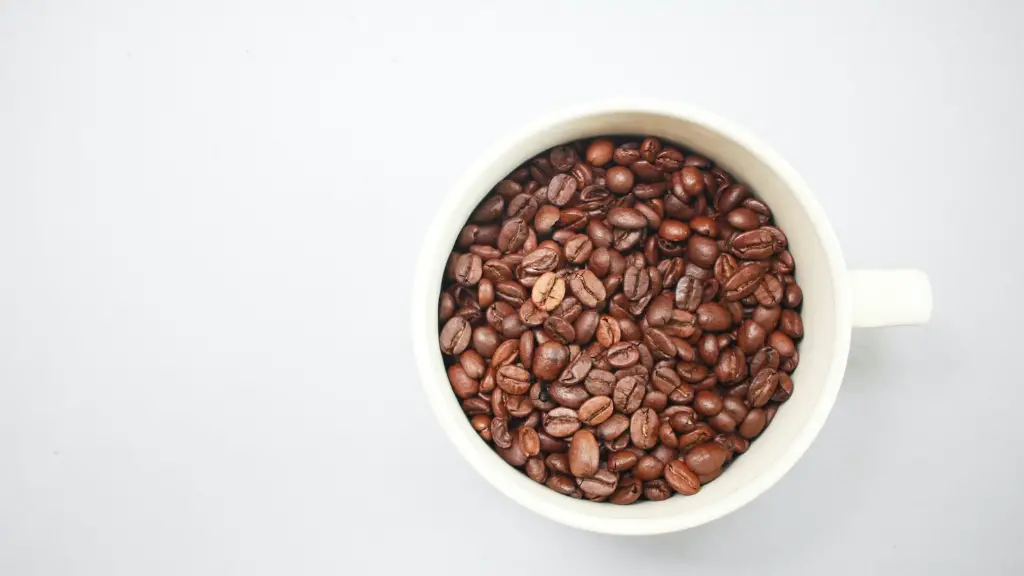Nutrition of Starbucks Cold Brew
There are a few nutritional aspects to consider when looking at a cup of Starbucks cold brew. The coffee itself is made with a specifically crafted blend of coffee beans, filtered twice through unique coffee-making techniques. The cold brew coffee is made without the addition of fat, sugar, or sodium, so it is naturally much lower in calories and other nutrient components than other iced coffee or coffee-based espresso drinks. To make up for that, Starbucks offers creamers and flavorings to customize this beverage to customers’ preferences.
In regards to its caffeine content, the cold brew made at Starbucks has two components that make it higher in caffeine when compared to regular iced coffee. The first is the blend of coffee beans used to make the cold brew. Not all coffee beans have the same amount of caffeine, and Starbucks cold brew uses beans that have been chosen for their high caffeine content. Second, the cold brew is made with twice as much coffee as a standard cup of iced coffee.
Differences in Taste
As far as the taste goes, Starbucks cold brew has a unique flavor and mouthfeel. While it contains all of the same flavor notes as regular iced coffee, it offers a unique smoothness and sweetness. This is due to the cold brew’s extended steeping time and its limited contact with oxygen which affects the flavor. Additionally, because cold brew is made with a higher coffee to water ratio, it offers a bolder, richer taste that is different from other iced coffee variants.
Starbucks serves its cold brew in two varieties – regular and nitro. The primary difference between the two is how they are served. Nitro cold brew is served from a tap and has a creamy, almost Guinness-like consistency with a natural sweetness and minimal acidity. On the other hand, regular cold brew is served as regular iced coffee, with cream and/or sugar added per customer request.
Comparison of Caffeine Content
To quantify the differences in caffeine content between the two coffees, a study from the journal Food Science and Biotechnology looked at the caffeine levels in brewed and cold brewed coffee. The study found that a cup of brewed coffee contains 92-232 mg of caffeine while cold brew contains 109-287 mg of caffeine. In other words, an 8-ounce cup of Starbucks cold brew contains up to 25% more caffeine as compared to a standard cup of iced coffee.
Moreover, the study found that the higher caffeine content of cold brew is due to it being steeped for longer periods and more finely ground coffee beans being used. The longer steeping time and increased surface area of the grounds result in more caffeine being extracted from the beans.
Effects of Caffeine on Health
The effect of caffeine on the body depends on the individual’s overall health. Generally, moderate consumption of caffeine has been shown to have positive effects on concentration and alertness, as well as an improved performance in physical activities. Caffeine is also known to be a mild stimulant that can temporarily reduce fatigue and relax the muscles.
However, too much caffeine can have negative effects on the body. Overconsumption of caffeine can lead to restlessness, insomnia, increased heart rate and blood pressure, and more. It is therefore important to be aware of the caffeine content of drinks and to consume them in moderation.
Pros and Cons of Cold Brew
When it comes to choosing the right type of coffee for you, it ultimately boils down to personal preference. While cold brew has a higher caffeine content, it also has a unique taste and can be more expensive due to the extra labor and materials necessary for its production. On the other hand, iced coffee is cost effective and widely available, and its lower caffeine content may appeal to those looking for a more mild drink.
Marketing Impact of Cold Brew
The popularity of cold brew is growing rapidly, and many specialty coffee shops now offer it as an alternative to regular iced coffee. Cold brew has been well received by consumers, largely due to its unique flavor and higher caffeine content. Starbucks has seen success in marketing its cold brew as a coffee alternative that can provide people with energy throughout their day. As such, the popularity of cold brew is likely to continue to grow.
Conclusion
In conclusion, Starbucks cold brew does contain more caffeine than standard iced coffee. While both beverages are great for refresher, those looking for an extra boost may find cold brew to be a better choice. However, it is important to be aware of the potential effects of caffeine and to consume coffee in moderation in order to enjoy its benefits without any adverse consequences.


